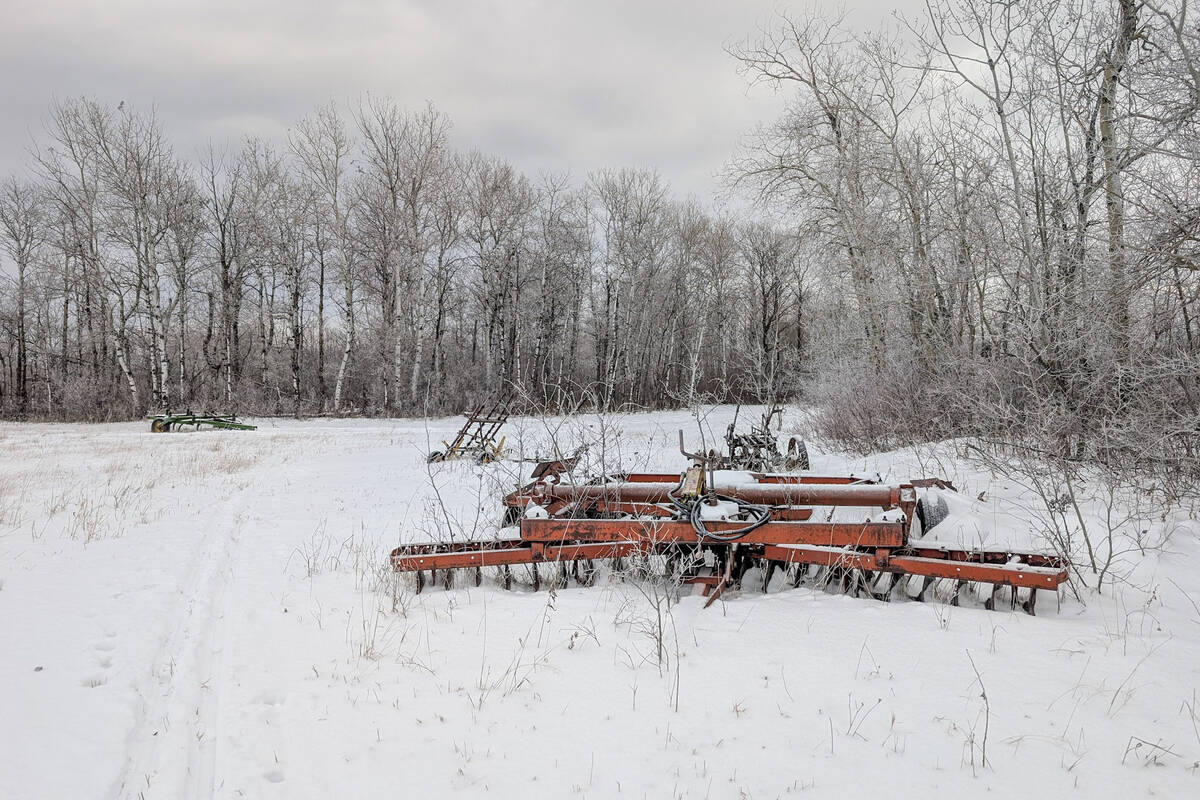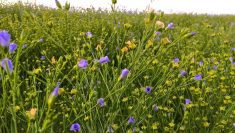CNS Canada — For sunflowers it was a tough year that began with dry conditions at seeding time, then more dry weather in July and August, only to be topped off by a cold, wet fall.
The quality of sunflowers, however, is said to be pretty good in Western Canada.
Darcelle Graham, executive director of the National Sunflower Association of Canada at Carman, Man., said poor autumn weather slowed harvest, but most of the crop is off the field.
“We may have had some growers turn some heat on or put the fans on to help dry down the sunflowers after harvest,” she commented.
Read Also

Prairie forecast: Northwesterly flow brings seasonable temperatures, weak systems
This forecast period is dominated by two lows — one to the far west, and one over Hudson Bay. The relative strength of the two lows will determine temperatures across the Prairies.
Some of the seeds may be on the small side according to Graham and that’s something Cody Burton is expecting with sunflowers out his way.
“I haven’t been able to bring in any of my new crop yet. Most of it is still standing,” said Burton of Nestibo Agra Commodity Processors in Deloraine, Man.
“Generally we like to be 28 lbs. to the bushel or higher. I expect to see a lot below that. The other thing I expect to see is small seed, almost immature seed,” he said.
Burton said producers are currently receiving 23 cents/lb. for oil sunflowers and perhaps 20 cents/lb. or better for confectionary sunflowers.
Graham said the closure of the Spitz plant at Bow Island, Alta., earlier this year didn’t have much of an effect on confectionary sunflowers in 2018. Many of the producers in Manitoba kept their acres pretty much at the same levels as previous years, being able to find domestic buyers.
Nevertheless, about two-thirds of sunflowers grown in Western Canada are oil sunflowers, a shift away from confectionary that has been ongoing for the last few years.
Manitoba remains Canada’s reigning sunflower champion by a very wide margin. Of the 128,650 lbs. of sunflowers grown in the country in 2018, about 110,700 were produced in Manitoba according to Statistics Canada.
The rest of the country’s sunflowers come from Alberta, with over 7,900 lbs. this year and Saskatchewan close behind at almost 7,750 lbs. Quebec grew only 882 lbs.
— Glen Hallick writes for Commodity News Service Canada, a Glacier FarmMedia company specializing in grain and commodity market reporting. Includes files from Terry Fries of CNS Canada.
















